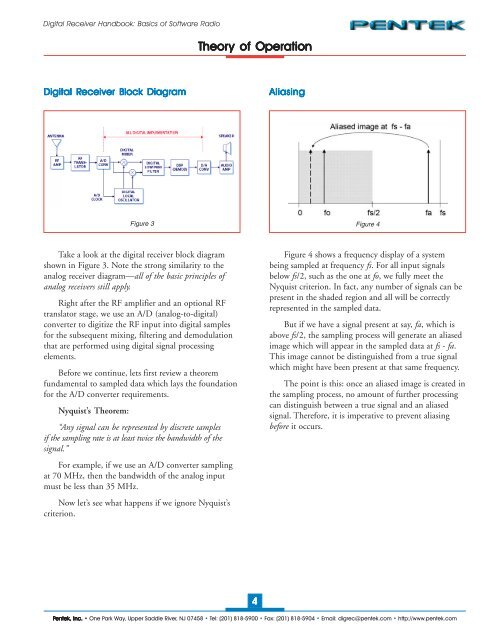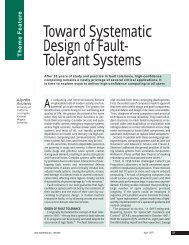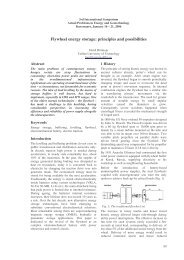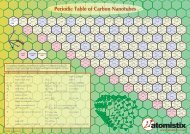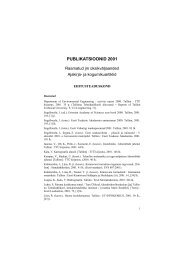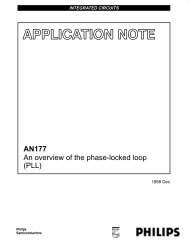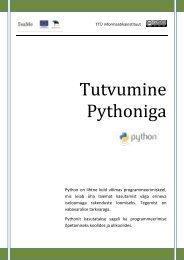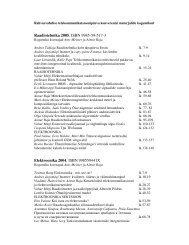Digital Receiver Handbook: Basics of Software Radio
Digital Receiver Handbook: Basics of Software Radio
Digital Receiver Handbook: Basics of Software Radio
Create successful ePaper yourself
Turn your PDF publications into a flip-book with our unique Google optimized e-Paper software.
<strong>Digital</strong> <strong>Receiver</strong> <strong>Handbook</strong>: <strong>Basics</strong> <strong>of</strong> S<strong>of</strong>tware <strong>Radio</strong>Theory <strong>of</strong> Operation<strong>Digital</strong> <strong>Receiver</strong> Block DiagramAliasingFigure 3 Figure 4Take a look at the digital receiver block diagramshown in Figure 3. Note the strong similarity to theanalog receiver diagram—all <strong>of</strong> the basic principles <strong>of</strong>analog receivers still apply.Right after the RF amplifier and an optional RFtranslator stage, we use an A/D (analog-to-digital)converter to digitize the RF input into digital samplesfor the subsequent mixing, filtering and demodulationthat are performed using digital signal processingelements.Before we continue, lets first review a theoremfundamental to sampled data which lays the foundationfor the A/D converter requirements.Nyquist’s Theorem:“Any signal can be represented by discrete samplesif the sampling rate is at least twice the bandwidth <strong>of</strong> thesignal.”For example, if we use an A/D converter samplingat 70 MHz, then the bandwidth <strong>of</strong> the analog inputmust be less than 35 MHz.Now let’s see what happens if we ignore Nyquist’scriterion.Figure 4 shows a frequency display <strong>of</strong> a systembeing sampled at frequency fs. For all input signalsbelow fs/2, such as the one at fo, we fully meet theNyquist criterion. In fact, any number <strong>of</strong> signals can bepresent in the shaded region and all will be correctlyrepresented in the sampled data.But if we have a signal present at say, fa, which isabove fs/2, the sampling process will generate an aliasedimage which will appear in the sampled data at fs - fa.This image cannot be distinguished from a true signalwhich might have been present at that same frequency.The point is this: once an aliased image is created inthe sampling process, no amount <strong>of</strong> further processingcan distinguish between a true signal and an aliasedsignal. Therefore, it is imperative to prevent aliasingbefore it occurs.4Pentek, Inc. • One Park Way, Upper Saddle River, NJ 07458 • Tel: (201) 818-5900 • Fax: (201) 818-5904 • Email: digrec@pentek.com • http://www.pentek.com


